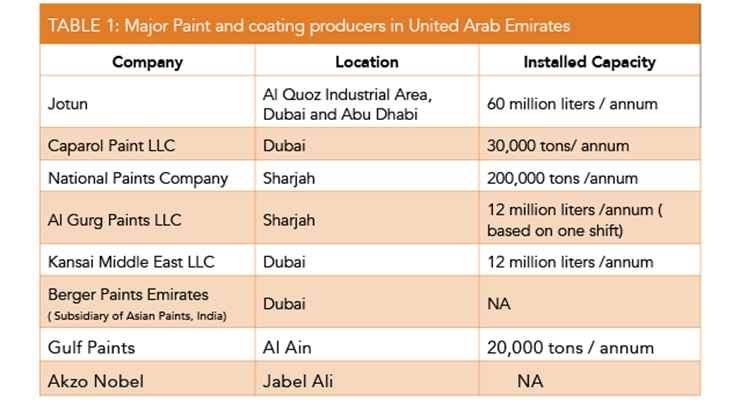. The Relevance Of Climate In Commercial Outside Painting: Important Knowledge For Success
. The Relevance Of Climate In Commercial Outside Painting: Important Knowledge For Success
Blog Article
Web Content Written By-Steen Dalton
When you're planning an industrial exterior paint job, don't ignore the impact of weather on your results. You require to think about factors like temperature level, moisture, and rainfall, as they can make or break your paint work. For example, did you know that excellent conditions require specific temperature arrays and moisture degrees? Falling short to monitor these elements can lead to irregular coatings and even damages to fresh paint. Recognizing these aspects is crucial to achieving a long-lasting, professional outcome. So, what specific weather conditions should you be wary of?
Temperature level Considerations
When it involves industrial exterior paint, temperature plays a vital duty in the result of your project. If you're repainting in severe warmth, the paint can dry out also swiftly, bring about issues like poor bond and irregular finishes. You intend to aim for temperature levels between 50 ° F and 85 ° F for the very best results. Listed below 50 ° F, paint might not heal effectively, while above 85 ° F, you run the risk of blistering and breaking.
Timing your task with the appropriate temperatures is essential. Begin your work early in the early morning or later in the mid-day when it's cooler, specifically during warm months.
Likewise, consider the surface area temperature; it can be dramatically higher than the air temperature level, especially on sunny days. Make use of a surface thermometer to examine this prior to you begin.
If temperatures are unforeseeable, watch on the weather prediction. Sudden temperature level drops or heat waves can derail your strategies. You don't want to start painting just to have the conditions change mid-project.
Moisture Degrees
Moisture levels dramatically influence the success of your commercial outside painting job. When the humidity is too expensive, it can impede paint drying out and healing, causing a series of issues like inadequate bond and finish top quality.
If you're preparing a task throughout wet conditions, you might locate that the paint takes longer to completely dry, which can extend your job timeline and boost prices.
On the other hand, low moisture can likewise present obstacles. Paint may dry out as well swiftly, protecting against appropriate application and causing an uneven coating.
You'll intend to check the moisture levels carefully to guarantee you're working within the optimal variety, typically between 40% and 70%.
To obtain the best outcomes, take into consideration utilizing a hygrometer to determine moisture before beginning your project.
If https://www.documentjournal.com/2022/11/maxwell-alexandre-the-shed-pardo-e-papel-painting-sculpture-brazilan-art/ find the levels are outside the ideal array, you may need to readjust your timetable or pick paints made for variable conditions.
Always consult the producer's standards for specific referrals on moisture tolerance.
Precipitation Influence
Rain or snow can significantly disrupt your commercial outside painting strategies. When rainfall takes place, it can get rid of freshly applied paint or develop an irregular finish. Preferably, you want to select days with dry climate to make sure the paint sticks appropriately and cures effectively. If you're caught in a rain shower, it's ideal to stop the job and wait for problems to improve.
Additionally, snow can be even more detrimental. Not just does it create a wet surface area, however it can additionally lower temperature levels, making it difficult for paint to completely dry. This can lead to problems like peeling or blistering down the line.
It's essential to check the weather forecast before starting your job. If rainfall or snow is forecasted, think about rescheduling.
Always bear in mind to allow ample drying time in between coats, specifically if the climate continues to be uncertain.
Conclusion
To conclude, keeping an eye on the climate is vital for a successful commercial outside painting job. By checking https://docs.google.com/spreadsheets/d/1pJKr6IbAnNnY-zFVAR18YUNcHqif8-YWYdrGkHwAPAc/edit?gid=1715344897#gid=1715344897 , moisture, and precipitation, you can make sure the best conditions for application and healing. Keep in mind to prepare your job around desirable weather and always comply with producer standards. With the appropriate method, you'll attain a long-lasting, gorgeous surface that can withstand the aspects. Don't let the weather capture you off-guard-- stay notified and paint wise!
